- 12
- Nov
Lithium battery charging and discharging theory and design of electric quantity calculation method
1. Introduction to Lithium Ion Battery
1.1 State-Of-Charge (SOC)

The state of charge can be defined as the state of available electrical energy in the battery, usually expressed as a percentage. Because the available electrical energy varies with charge and discharge current, temperature, and aging phenomena, the definition of state of charge is also divided into two types: Absolute State-Of-Charge (ASOC) and Relative State-of-Charge (Relative State-Of-Charge; ASOC) State-Of-Charge; RSOC). Normally the relative state of charge range is 0%-100%, while the battery is 100% when fully charged and 0% when fully discharged. The absolute state of charge is a reference value calculated according to the designed fixed capacity value when the battery is manufactured. The absolute state of charge of a brand new fully charged battery is 100%; and even if an aging battery is fully charged, it cannot reach 100% under different charging and discharging conditions.
The figure below shows the relationship between voltage and battery capacity at different discharge rates. The higher the discharge rate, the lower the battery capacity. When the temperature is low, the battery capacity will also decrease.
Figure 1.
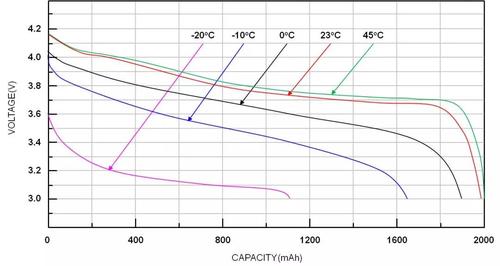
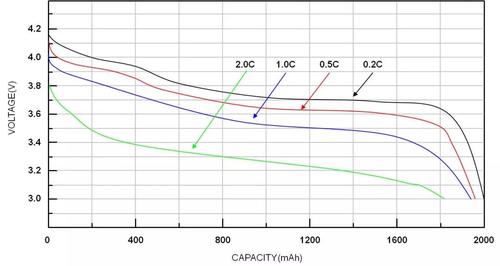
The relationship between voltage and capacity at different discharge rates and temperatures
1.2 Max Charging Voltage
The maximum charging voltage is related to the chemical composition and characteristics of the battery. The charging voltage of lithium battery is usually 4.2V and 4.35V, and the voltage value will be different if the cathode and anode materials are different.
1.3 Fully Charged
When the difference between the battery voltage and the highest charging voltage is less than 100mV, and the charging current drops to C/10, the battery can be regarded as fully charged. The battery characteristics are different, and the full charge conditions are also different.
The figure below shows a typical lithium battery charging characteristic curve. When the battery voltage is equal to the highest charging voltage and the charging current drops to C/10, the battery is considered fully charged.
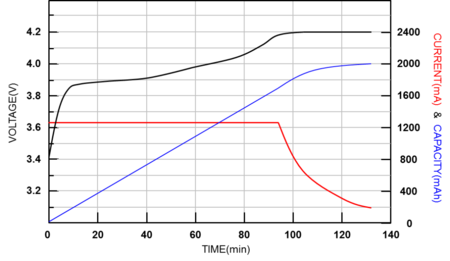
Figure 2. Lithium battery charging characteristic curve
1.4 Mini Discharging Voltage
The minimum discharge voltage can be defined by the cut-off discharge voltage, which is usually the voltage when the state of charge is 0%. This voltage value is not a fixed value, but changes with load, temperature, aging degree, or other factors.
1.5 Fully Discharge
When the battery voltage is less than or equal to the minimum discharge voltage, it can be called a complete discharge.
1.6 Charge and discharge rate (C-Rate)
The charge-discharge rate is an expression of the charge-discharge current relative to the battery capacity. For example, if 1C is used to discharge for one hour, ideally, the battery will be completely discharged. Different charge and discharge rates will result in different usable capacity. Generally, the greater the charge-discharge rate, the smaller the available capacity.
1.7 Cycle life
The number of cycles is the number of times a battery has undergone complete charging and discharging, which can be estimated from the actual discharge capacity and the design capacity. Whenever the accumulated discharge capacity is equal to the design capacity, the number of cycles is once. Usually after 500 charge-discharge cycles, the capacity of a fully charged battery drops by 10% ~ 20%.
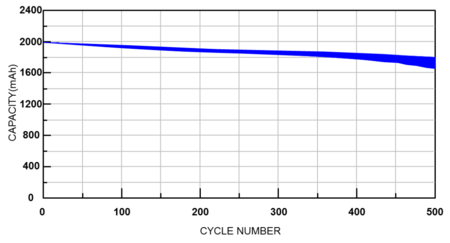
Figure 3. The relationship between the number of cycles and battery capacity
1.8 Self-Discharge
The self-discharge of all batteries increases as the temperature rises. Self-discharge is basically not a manufacturing defect, but the characteristics of the battery itself. However, improper handling in the manufacturing process can also cause an increase in self-discharge. Generally, the self-discharge rate doubles for every 10°C increase in battery temperature. The monthly self-discharge of lithium-ion batteries is about 1~2%, while the monthly self-discharge of various nickel-based batteries is 10-15%.
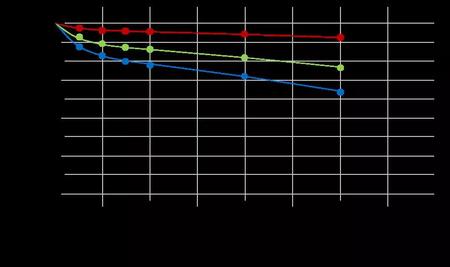
Figure 4. The performance of the self-discharge rate of lithium batteries at different temperatures
2. Introduction to Battery Fuel Gauge
2.1 Introduction to Fuel Gauge Function
Battery management can be regarded as part of power management. In battery management, the fuel gauge is responsible for estimating battery capacity. Its basic function is to monitor the voltage, charge/discharge current and battery temperature, and estimate the battery state of charge (SOC) and the battery’s full charge capacity (FCC). There are two typical methods for estimating the state of charge of a battery: the open circuit voltage method (OCV) and the coulometric method. Another method is the dynamic voltage algorithm designed by RICHTEK.
2.2 Open circuit voltage method
The electricity meter using the open circuit voltage method is easier to implement, and it can be obtained by looking up the table corresponding to the state of charge of the open circuit voltage. The hypothetical condition of the open circuit voltage is the battery terminal voltage when the battery rests for about 30 minutes.
Under different load, temperature, and battery aging, the battery voltage curve will be different. Therefore, a fixed open-circuit voltmeter cannot fully represent the state of charge; the state of charge cannot be estimated by looking up the table alone. In other words, if the state of charge is estimated only by looking up the table, the error will be very large.
The following figure shows that the same battery voltage is under charge and discharge, and the state of charge found by the open circuit voltage method is very different.
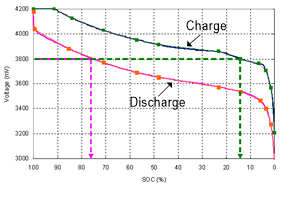
Figure 5. Battery voltage under charging and discharging
The figure below shows that the state of charge varies greatly under different loads during discharge. So basically, the open circuit voltage method is only suitable for systems with low requirements for the accuracy of the state of charge, such as the use of lead-acid batteries or uninterruptible power supplies in automobiles.

Figure 6. Battery voltage under different loads during discharge
2.3 Coulomb measurement method
The operating principle of the coulomb measurement method is to connect a detection resistor on the charging/discharging path of the battery. The ADC measures the voltage on the detection resistor and converts it into the current value of the battery being charged or discharged. The real-time counter (RTC) provides the integration of the current value with time, so as to know how many coulombs flow through.
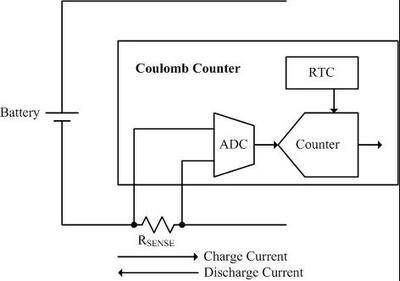
Figure 7. Basic working method of Coulomb measurement method
Coulomb measurement method can accurately calculate the real-time state of charge during charging or discharging. With the charge coulomb counter and the discharge coulomb counter, it can calculate the remaining capacity (RM) and the full charge capacity (FCC). At the same time, the remaining capacity (RM) and the full charge capacity (FCC) can also be used to calculate the state of charge, that is (SOC = RM / FCC). In addition, it can also estimate the remaining time, such as power exhaustion (TTE) and full power (TTF).
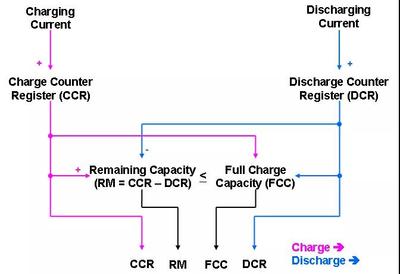
Figure 8. Calculation formula of Coulomb measurement method
There are two main factors that cause deviations in the accuracy of the Coulomb measurement method. The first is the accumulation of offset errors in current sensing and ADC measurement. Although the measurement error with the current technology is still small, if there is no good way to eliminate it, the error will increase with time. The figure below shows that in practical applications, if there is no correction in the time duration, the accumulated error is unlimited.
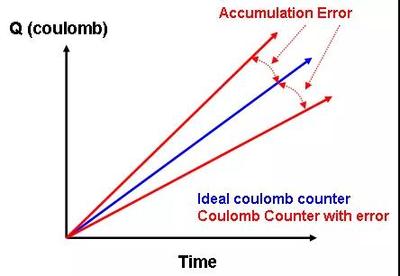
Figure 9. Cumulative error of Coulomb measurement method
In order to eliminate the accumulated error, there are three possible useable time points in normal battery operation: end of charge (EOC), end of discharge (EOD) and rest (Relax). When the charging end condition is reached, it means that the battery is fully charged and the state of charge (SOC) should be 100%. The discharge end condition means that the battery has been completely discharged and the state of charge (SOC) should be 0%; it can be an absolute voltage value or change with the load. When it reaches the resting state, the battery is neither charged nor discharged, and it remains in this state for a long time. If the user wants to use the rest state of the battery to correct the error of the coulomb measurement method, an open-circuit voltmeter must be used at this time. The figure below shows that the state of charge error can be corrected in the above state.
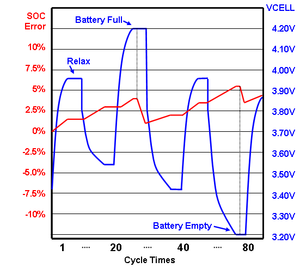
Figure 10. Conditions for eliminating the cumulative error of the Coulomb measurement method
The second major factor causing the deviation of the accuracy of the coulomb measurement method is the full charge capacity (FCC) error, which is the difference between the value of the battery design capacity and the true full charge capacity of the battery. Full charge capacity (FCC) will be affected by temperature, aging, load and other factors. Therefore, the re-learning and compensation method of the full charge capacity is very important for the coulomb measurement method. The following figure shows the trend phenomenon of the state of charge error when the full charge capacity is overestimated and underestimated.
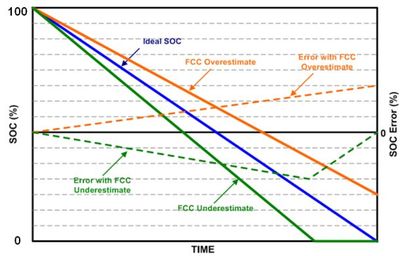
Figure 11. The error trend when the full charge capacity is overestimated and underestimated
2.4 Dynamic voltage algorithm fuel gauge
The dynamic voltage algorithm fuel gauge can calculate the state of charge of the lithium battery based only on the battery voltage. This method is to estimate the increase or decrease of the state of charge based on the difference between the battery voltage and the open circuit voltage of the battery. The dynamic voltage information can effectively simulate the behavior of the lithium battery to determine the state of charge SOC (%), but this method cannot estimate the battery capacity value (mAh).
Its calculation method is based on the dynamic difference between the battery voltage and the open circuit voltage, by using an iterative algorithm to calculate each increase or decrease of the state of charge to estimate the state of charge. Compared with the solution of the coulomb metering fuel gauge, the dynamic voltage algorithm fuel gauge will not accumulate errors over time and current. Coulomb metering fuel gauges usually cause inaccurate estimation of the state of charge due to current sensing errors and battery self-discharge. Even if the current sensing error is very small, the coulomb counter will continue to accumulate the error, and the accumulated error can only be eliminated when it is fully charged or fully discharged.
The dynamic voltage algorithm fuel gauge estimates the state of charge of the battery only by voltage information; because it is not estimated by the current information of the battery, it does not accumulate errors. In order to improve the accuracy of the state of charge, the dynamic voltage algorithm needs to use an actual device, and adjust the parameters of an optimized algorithm according to the actual battery voltage curve when it is fully charged and fully discharged.
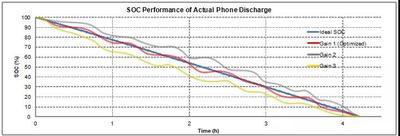
Figure 12. Performance of dynamic voltage algorithm fuel gauge and gain optimization
The following is the performance of the dynamic voltage algorithm under different discharge rate conditions. It can be seen from the figure that its state of charge has good accuracy. Regardless of the discharge conditions of C/2, C/4, C/7 and C/10, the overall state of charge error of this method is less than 3%.
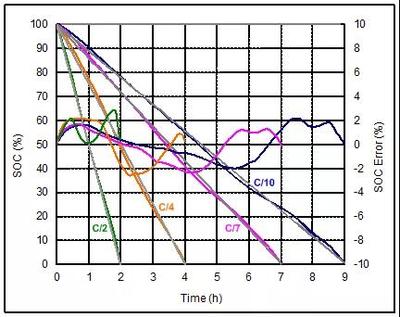
Figure 13. The performance of the state of charge of the dynamic voltage algorithm under different discharge rate conditions
The figure below shows the performance of the state of charge when the battery is short-charged and short-discharged. The state of charge error is still very small, and the maximum error is only 3%.
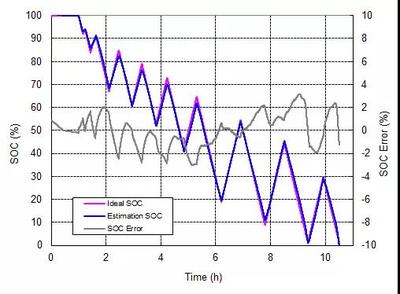
Figure 14. The performance of the state of charge of the dynamic voltage algorithm when the battery is short-charged and short-discharged
Compared with the situation where the Coulomb metering fuel gauge usually causes inaccurate state of charge due to current sensing errors and battery self-discharge, the dynamic voltage algorithm does not accumulate errors over time and current, which is a big advantage. Because there is no information about the charge/discharge current, the dynamic voltage algorithm has poor short-term accuracy and slow response time. In addition, it cannot estimate the full charge capacity. However, it performs well in terms of long-term accuracy, because the battery voltage will eventually directly reflect its state of charge.
